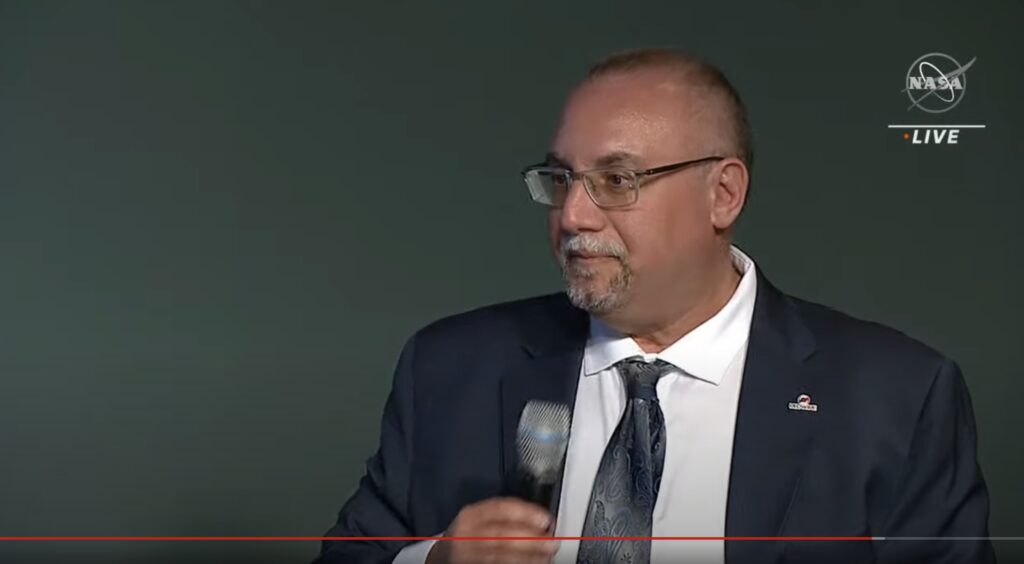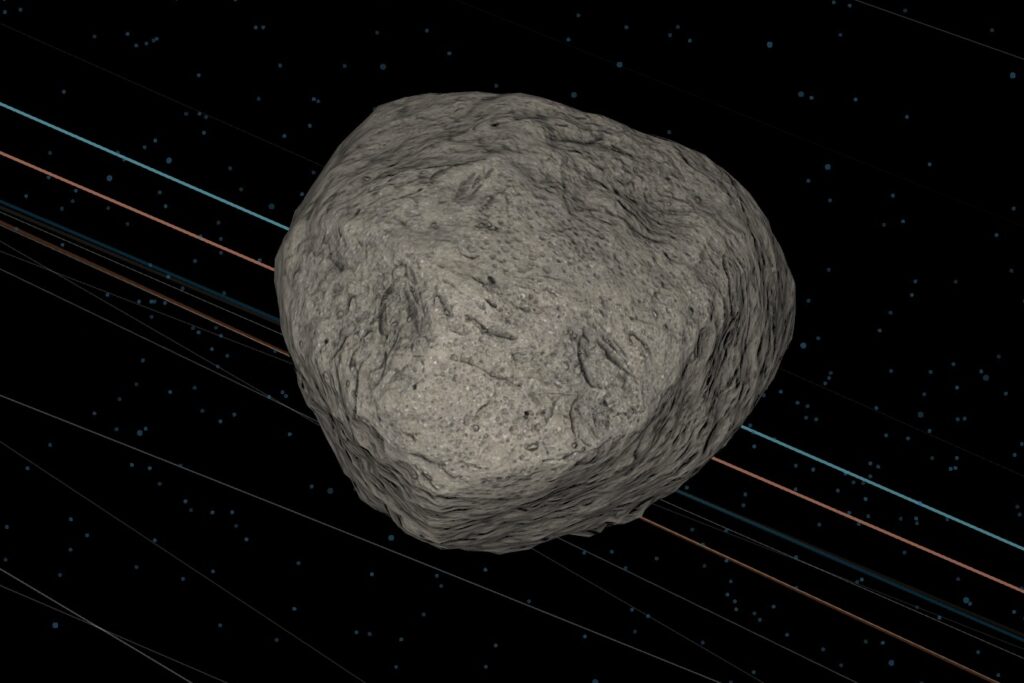On May 31, NASA’s UAP task force held a public meeting to discuss the task force’s future role in researching UAP sightings, along with the current state of UFO research. But hidden within the meeting, shared at the very end, was a tense warning from one of the task force members. Mike Gold warned of an existential threat to society that’s looming in space and needs to be addressed, along with an asteroid that will be coming very close to Earth — flying below geosynchronous satellites — in the near future.
‘We Are Getting Close to an Event That Could Cause Real Problems,’ Gold Warned

Mike Gold is one of 16 people serving on NASA’s UAP study team, which was first announced in October 2022. He’s the executive vice president of Civil Space and External Affairs at Redwire in Jacksonville, Florida, and has previously held multiple high-ranking roles at NASA, including serving as the associate administrator for Space Policy and Partnerships and serving as the senior advisor to the Administrator for International and Legal Affairs. Gold led the creation of the Artemis Accords.
Near the end of the task force’s May 31 meeting, the panel answered questions submitted by the public. One of these addressed NASA’s relationship with other countries. Gold jumped in to talk about the question, and noted that one of his biggest concerns is the threat that space debris poses to our very society.
“I also want to note, in terms of space debris, debris in orbit right now I believe represents an existential threat to our very society,” he said. “That we are getting very close to an event that could cause real problems for our ability to access satellites.”
But he also praised NASA for its ability to work with other countries, even those that may not have great relations with the U.S. otherwise.
“NASA is singular, I believe, among government agencies [in terms of reaching out to other countries]…” he said. “Not to keep talking about the Artemis Accords, but you see countries like Saudi Arabia, that we do not have a great relationship with as a government right now, we have Saudi Arabia and Israel in the accords… NASA is unique in its scope and ability to reach out.”
He talked about how space traffic management is shifting from the Department of Defense to the Department of Commerce, and how NASA’s current research into UAPs will help deal with future space debris issues.
“That’s why I think there’s great ancillary benefits to the conversation we’re having today, that as we increase our capability to monitor orbit for UAPs, that data could also be very relevant as we look at near-Earth objects and other threats…” he noted.
He Also Warned of the Apophis Asteroid
Far greater than threats from UAPS are threats right at home. But in addition to space debris, Gold also noted that problems that might develop from the Apophis asteroid.
Nasa unique in working with other countries. Apothis, asteroid coming close to earth is an important example #NASAUAP #NASA #UFO #UAP pic.twitter.com/sv3V4JvsZn
— Post Apocalyptic (@PostApocalypt) May 31, 2023
“Apophis, for example, an asteroid, is going to come so close to Earth it will be below geosynchronous satellites,” he shared. “So any effort to begin to catalog and do better in terms of understanding that environment is going to be terrific. And I hope NASA works with Commerce and international agencies on Apophis and other missions.”
Apophis (also known as Asteroid 99942) is about 1,100 feet across and it was first discovered in 2004, according to NASA. In 2021, experts determined that the asteroid doesn’t pose a risk of hitting Earth for at least a decade. This was determined after observations placed it as coming dangerously close to Earth in 2029 and then 2036.
However, Apophis will be coming very close to the Earth on April 13, 2029, NASA noted. As Gold stated, it will be less than 20,000 miles from Earth’s surface — closer than geosynchronous satellites. We’ll be able to watch it from the ground in some locations without even using bincoulars.
You can see exactly where Apophis is at any given moment on NASA’s link here. NASA notes it will pass closer to Earth than “any similarly sized PHO in recorded history.”
The tracker has some impressive features, including showing the asteroid’s current distance from Earth. You can also see its current velocity relative to the sun, its orbital period, eccentricity, perihelion, aphelion, and inclination.
The Sky Live has an informational page on Apophis here and a live interactive chart.
In summary, the biggest threat right now, according to Gold, is space debris affecting our ability to access satellites. While Gold didn’t address this specifically, I can’t help but wonder if Apophis might also impact a number of our satellites in 2029 with its near Earth orbit. It’s definitely one to keep an eye on.
This work by Stephanie Dwilson is licensed under CC BY-ND 4.0. Please note that this license does not include photos or videos that may be in the story.


Leave a Reply